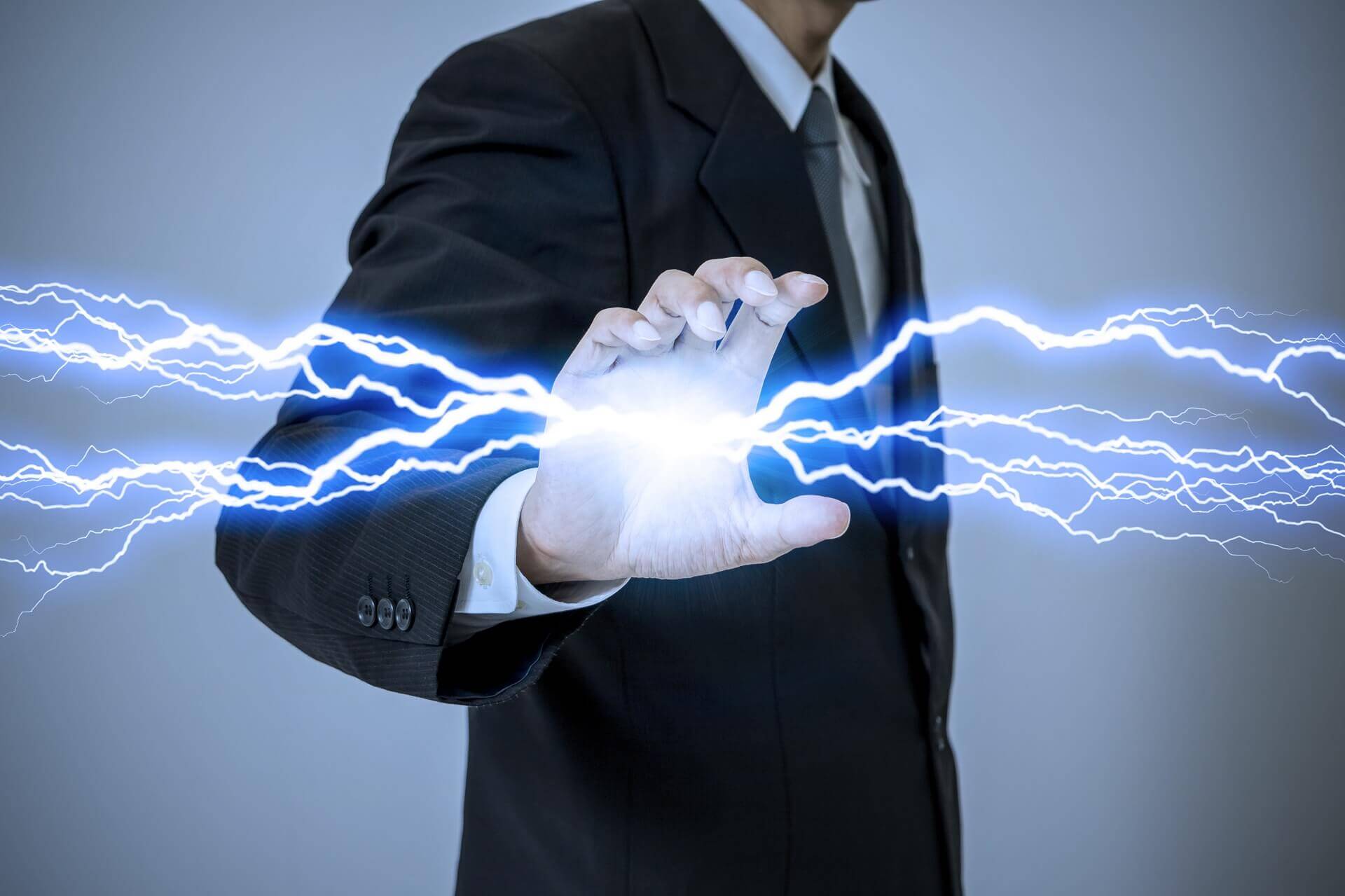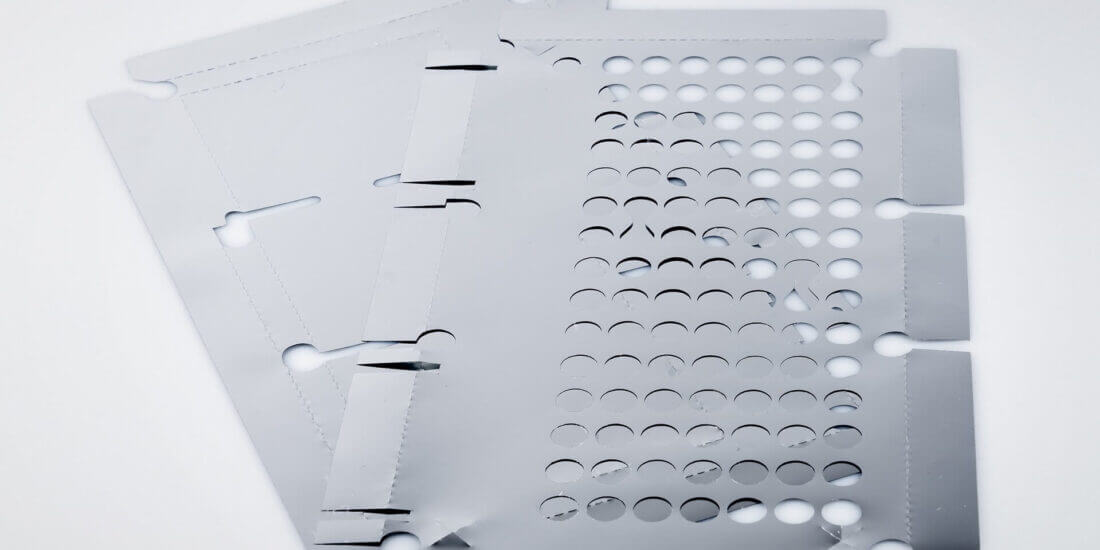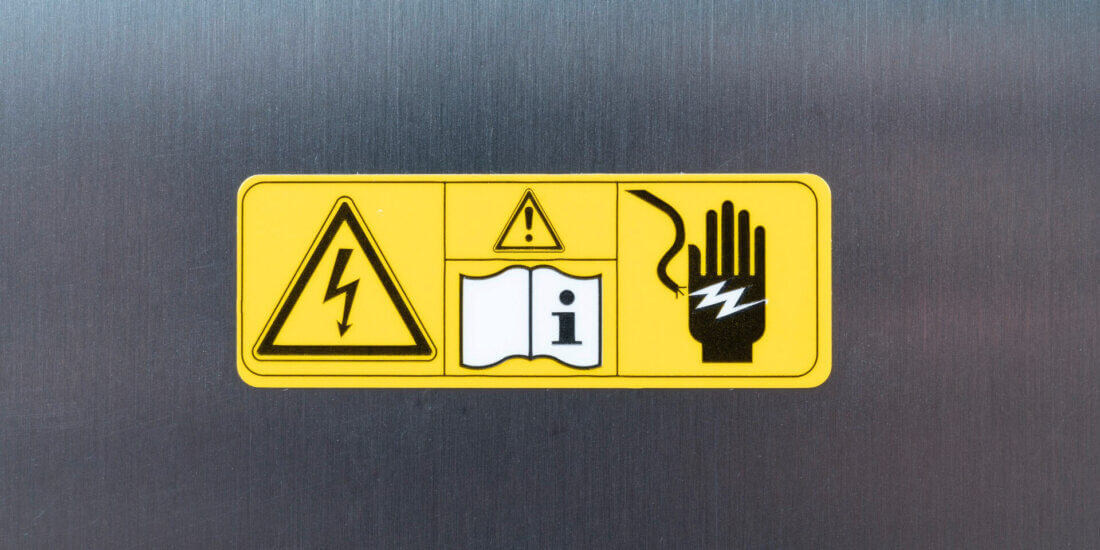Protection Films for Electrical Insulation Reduce Damage Caused by Charge Transfers
SCHREINER PROTECH
Protection Films for Electrical Insulation Reduce Damage Caused by Charge Transfers
Charge transfers are caused by electrostatic charging, i.e. the separation of or friction between two materials. However, energized components such as cables and wires, chassis or PCBs may also cause flashovers unless they’re adequately insulated. Components may be damaged, people put at risk or combustible substances ignited by spark formation in this case as well.
Learn more about protection films and warning labels for electrical components in our 4-part series. Read about how they reduce the risks to humans and components through insulation, shielding and warnings.

Protection films for electrical insulation from Schreiner ProTech exhibit high electrical resistance (= non-conductor) and prevent unwanted charge transfers. They ensure optimal performance of the components and prevent injuries caused by electric shock and fires by flying sparks. In addition, they have high dielectric strength and tracking resistance (see box).
The dielectric strength of an insulator is the electric field strength that causes the conductivity of an insulator to increase. Its value depends on a variety of factors such as temperature, moisture and foreign matter or inclusions in the material and therefore is not a material constant.
Tracking resistance characterizes the resistance of plastics against leakage currents, especially under the influence of moisture and dirt.
Full-Service Package
Schreiner ProTech offers an extensive range of modified processing systems supporting the application of protection films for electrical insulation. They can be customized to suit specific requirements. As a result, the customer receives a total solution from a one-stop shop in which the individual components are optimally coordinated with each other.
In this series, Schreiner ProTech addresses a variety of aspects focused on the topic of protection films and warning labels. The articles posted discuss the following questions: How can components be protected against damage caused by electrical voltages, charge transfers and electromagnetic waves? How can warning labels caution against hazards emanating from high voltage? What types of stress do they have to resist?
More information on Schreiner ProTech: www.schreiner-protech.com








